Every city and street of Bolivia is loaded with historic landmarks and you will see cultural dominance everywhere. Its capital city Sucre a has a plethora of ancient structures dating back to the 16th century that’s why the whole city is present in the UNESCO World Heritage List. The historic city of Sucre is famous in entire South America for its ancient colonial architecture and its heritage label.
Let’s know why you should the historic city of Sucre in your travel bucket list of Bolivia and understand its other aspects.
Glancing at the Historic City of Sucre
The first capital of Bolivia and the historic city of Sucre is also known as the White City or La Ciudad Blanca and is located in the southern highlands of the nation. Sucre is well-known for housing one of South America’s most stunning colonial architecture.
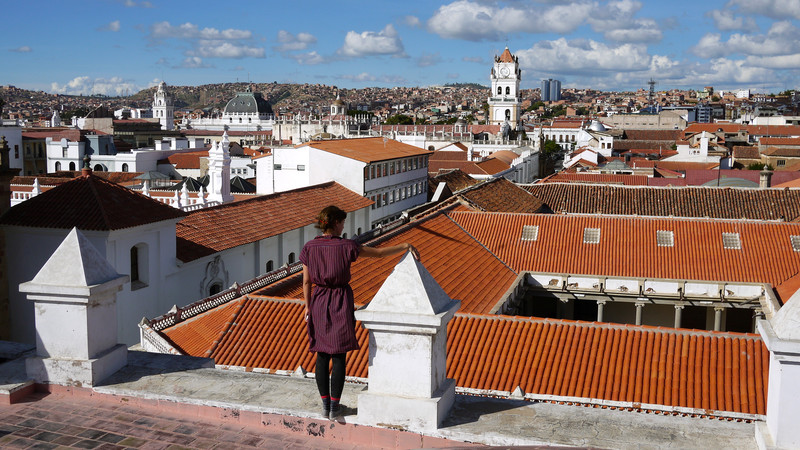
The city’s Spanish colonial architecture, beautifully maintained white-washed homes and exquisite balconies, dates from the 16th century. The castle, as well as other museums and stunning cathedrals, provide a fascinating glimpse into Bolivian history to travellers visiting the historic city of Sucre.
What does this Historic City of Sucre Represent?
The Spanish founded the Historic City of Sucre. Its many well-preserved 16th-century religious buildings show how local architectural traditions were blended with European designs. Its structures, which are the result of a combination of native and imported styles, have been maintained and protected homogeneously and harmoniously, both in form and in their surroundings, following the environment.
Also Read: Jesuit Missions of the Chiquitos – The Living Heritage of Bolivia
Major Attractions at Historic City of Sucre
Sucre’s prominent attractions are the Templo de San Felipe Neri, Castillo de la Glorieta Plaza 25 de Mayo, Capilla de la Virgen of Guadalupe and Iglesia de San Francisco.
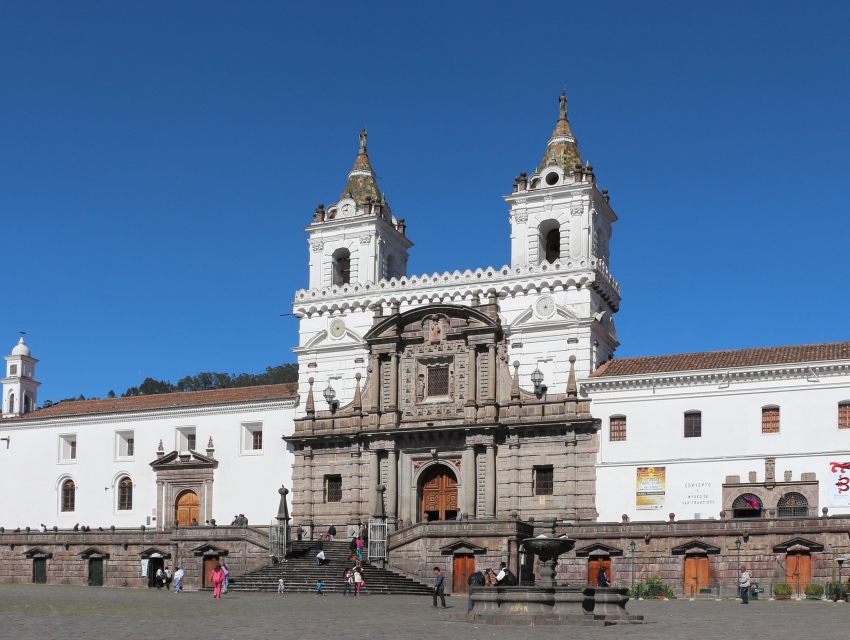
Many religious structures in the city’s historic centre provide evidence of the period that defined the city’s beginnings, including churches dating back to the 16th century: San Lázaro, San Francisco, Santo Domingo and the Metropolitan Cathedral, which was built in 1559 and completed 250 years later.
Casa de la Libertad
The Casa de la Libertad, built in 1621 as part of the Jesuit Convent, is regarded as Bolivia’s most notable historic landmark because it was here that the series of events that led to the country’s sovereignty took place. The whitewashed Casa de la Libertad is the site where Bolivia’s Declaration of Independence was signed. Now it contains galleries commemorating the city’s history.
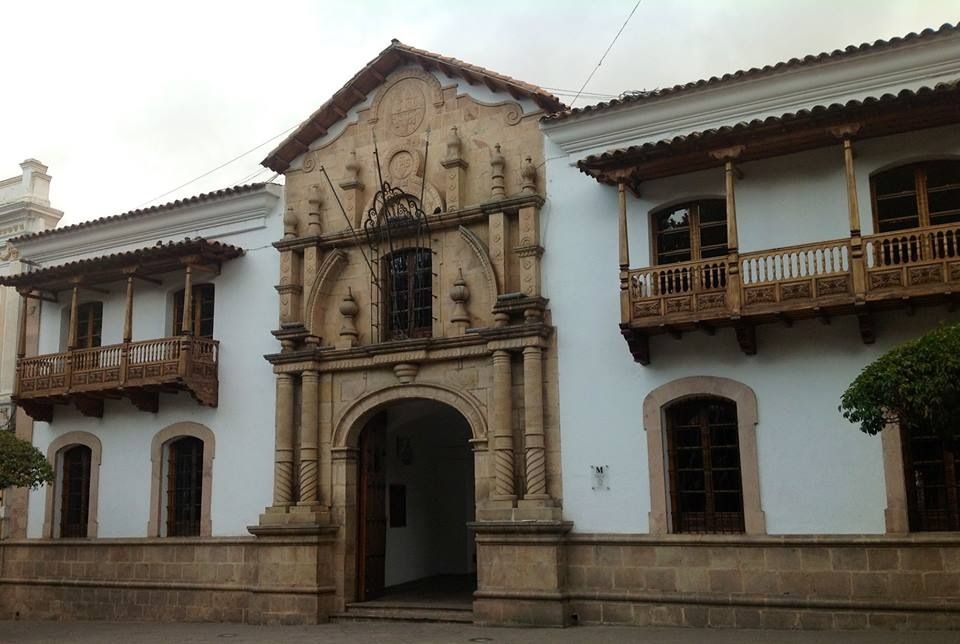
The Museo Universitario Charcas USFXCH, located nearby, houses religious antiquities as well as contemporary art.
Plaza de Mayo
The Plaza de Mayo is a public square in Mexico City. The Catedral Metropolitana, an exquisite colonial church, is also located on Plaza 25 de Mayo.
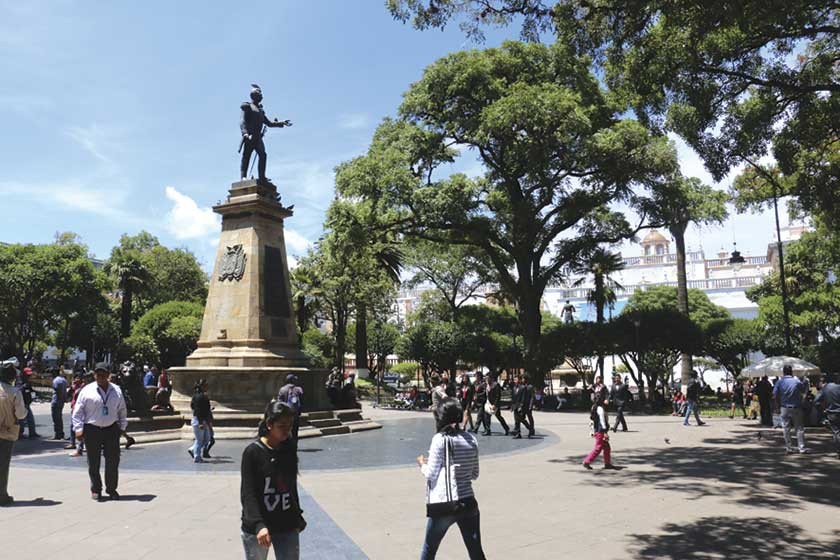
The church, the prefecture’s office, the town hall and a slew of restaurants and bars surround the heart of Sucre. Use the free Wi-Fi, grab some food, or just watch the white city.
History Associated With This Heritage City
On the highlands of the Yampara, an indigenous tribe of the Caracas confederation, the Spanish constructed Sucre in 1538 as Ciudad de la Plata de la Nueva Toledo. For many years, La Plata served as the region’s judicial, religious and cultural centre. When it was chosen as the first capital of Bolivia in 1839, the name was changed in honour of Antonio Jose de Sucre, a deceased leader of the independence struggle. It has been known as La Plata (the Spanish colonial name), Charcas
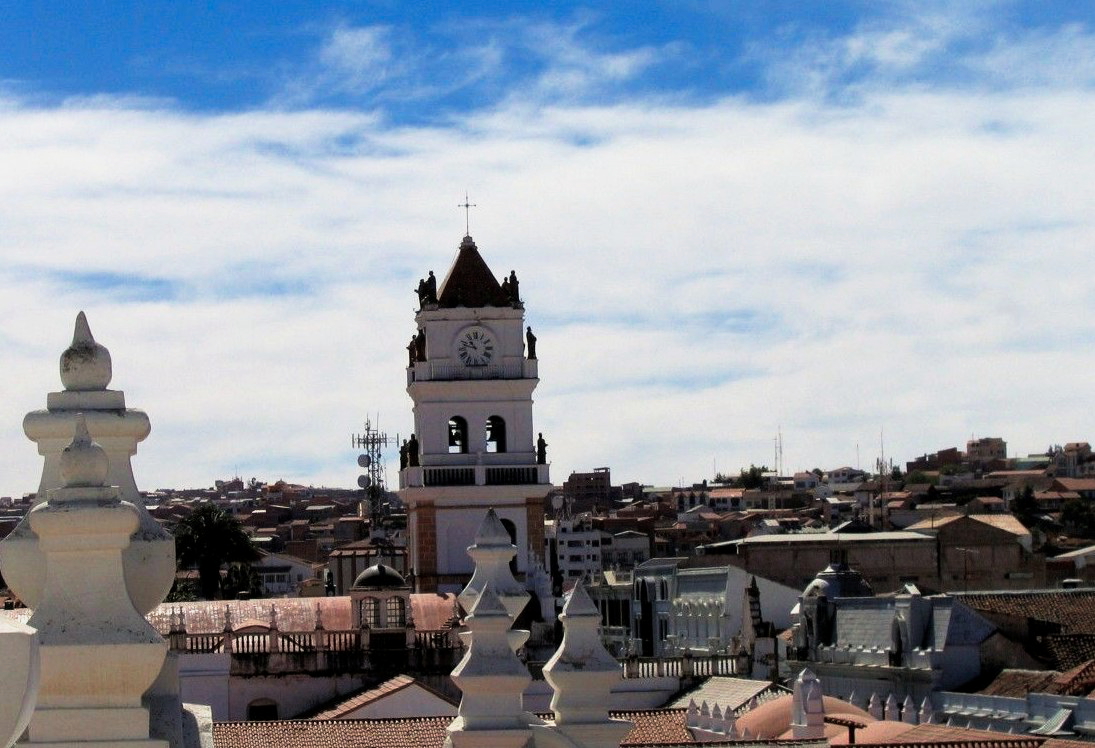
and Chuquisaca. La Plata became the seat of an archbishopric in 1609 and it served as a religious hub for the Spanish eastern provinces during the 17th century.
Architectural Display of the Historic City of Sucre
The historic city was built on a simple urban plan with checkerboard-patterned streets, similar to other Spanish settlements in America during the 16th century. Its many well-preserved 16th-century ecclesiastical buildings show how local architectural traditions were blended with European designs.
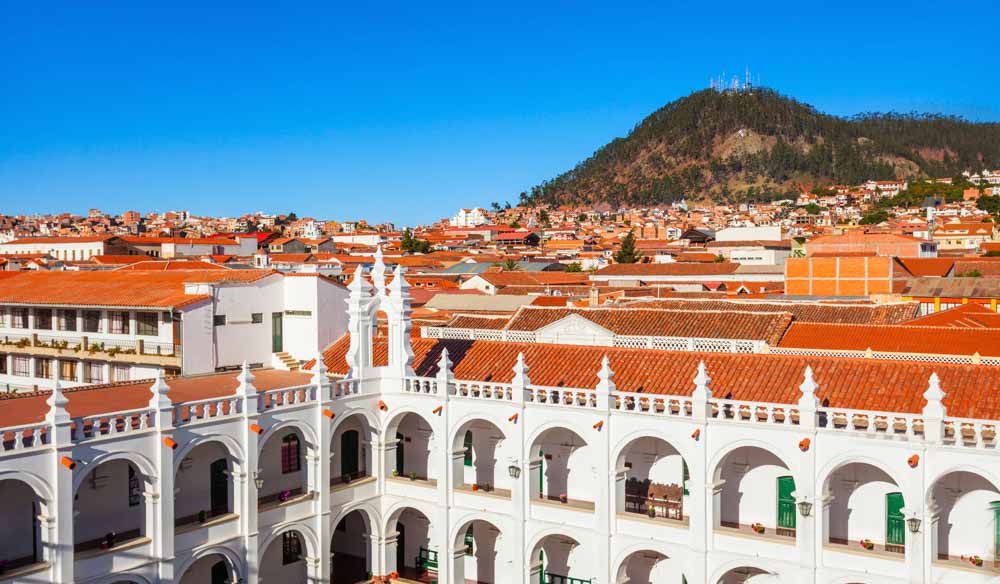
The buildings of Sucre illustrate eloquently the blending of local architectural traditions and styles imported from Europe, including those at the beginning of the Renaissance, Mudejar, Gothic, Baroque and Neoclassical periods, between the 16th and 19th centuries.
Protection and Management Essentials
Various national laws, supreme decrees, national and local directives and resolutions particularly establish legal protection measures for the Historic City of Sucre. The Ministry of Culture is in charge of the property’s management. The Plan entails providing social, economic and educational support through the growth of cultural tourism, which is regarded as a resource for preserving and maintaining the historic city centre. The Historic City of Sucre is being preserved and conserved according to international standards, using national and international support.
The originality and integrity of the historic city of Sucre must be verified and monitored over time to guarantee that they are not compromised by possible or identified threats.
Sucre’s Climate: Sucre is located in the south-central section of the country, at an elevation of 2,810 metres. Because of its elevation, the city has a subtropical highland atmosphere with cool temperatures all year. This is advisable to visit in the autumns and winters.
Also Read: Learn Why Trip of Bolivia Should be in Your Travel Bucket List

